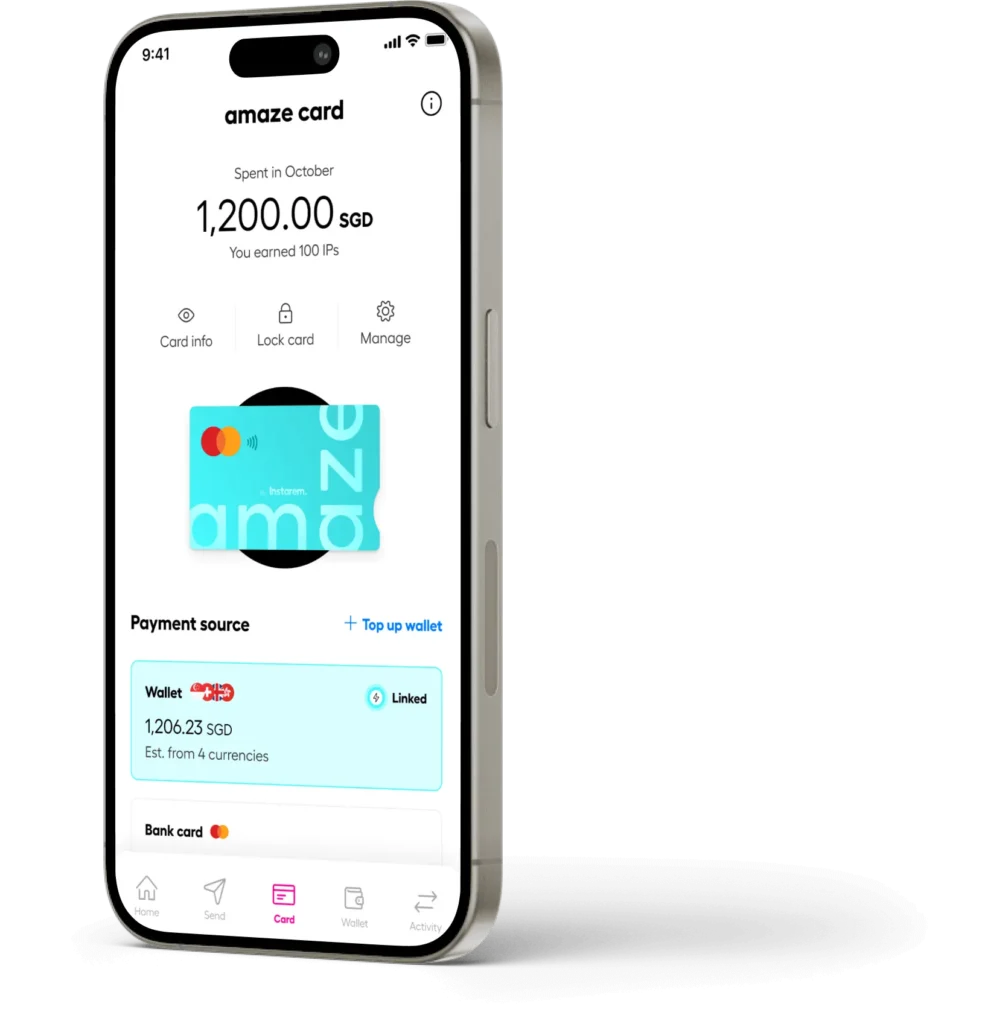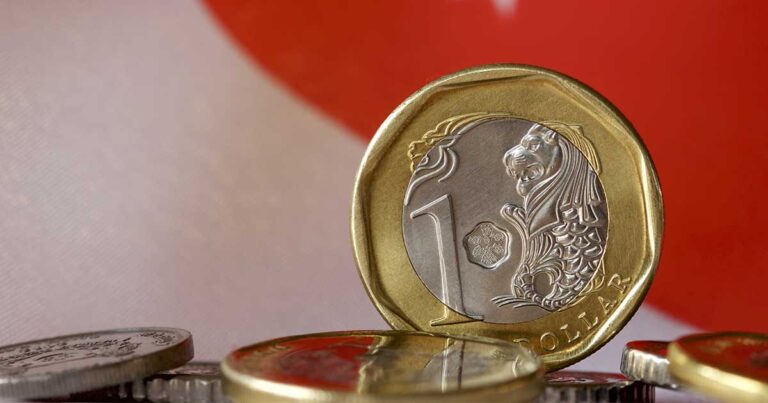How do flight prices and fluctuations really work?

This article covers:
Flying can be pricey, whether you’re travelling for fun or heading home to see family. We all love scouring comparison websites for the best flight deals, but some of us take bargain hunting to the next level, closely watching airline ticket prices to snag the best deals.
As you dive into this, you might wonder, “Am I going crazy? How do flight prices and fluctuations really work? Do flight prices go down?”
Don’t worry, we’ve got you covered. In this blog, we’ll break it down in simple terms, making it easy to understand the ins and outs of flight ticket pricing.
Airlines have huge historical database
Airline ticket pricing is driven by a complex algorithm that considers many factors, with a heavy focus on historical data. And when we say historical, we mean it goes way back.
Airlines have sold countless tickets over the years, gathering detailed data on each sale:
- the date
- day of the week
- time of day
- purchase method
- who paid
- whether the flight was taken or cancelled
- how close to departure the ticket was bought
- and the type of seat
Computer programs analyse all this data to find patterns and create pricing models that maximise revenue.
So, if you’re trying to beat the system, remember you’re up against some very sophisticated technology.
Revenue management
Let’s break down what revenue management really means. Simply put, it’s all about maximising profit. The goal for airlines is to make as much money as possible, which means striking a balance between filling up flights and getting the highest price from each customer.
The most profitable tickets are the full-fare ones bought last-minute by people who need to travel immediately, regardless of the cost. So airlines must play a careful game of keeping enough seats open to attract these lucrative last-minute travellers while still filling up the entire plane. Once the flight closes, any unsold seat becomes a missed opportunity for profit.
That’s where the revenue management team comes in. They’re experts at figuring out the best pricing strategies to fill seats and make the airline as profitable as possible. It’s a delicate dance, but they’re pretty darn good at it.
Dynamic pricing
So, we’ve covered how airlines dig into historical data and have their revenue management team fine-tune pricing strategies. But there’s more to it than that. Picture this: airlines are constantly keeping an eye on what’s happening right now. They’re getting real-time feedback on how many tickets are selling and what their competitors are up to. This means they can tweak prices on the fly — hourly, by route, and even by how you’re buying your ticket.
Now, let’s talk scenarios. Picture a flight that’s almost packed to the brim — naturally, the prices might shoot up. Or imagine a sudden surge in ticket sales in a short span of time. Maybe there’s a big event happening at your destination, like a Taylor Swift concert. That could send prices soaring.
On the flip side, if a flight is looking pretty empty, you might just snag a bargain. And if tickets were flying off the shelves before but suddenly hit a standstill — maybe that Taylor Swift concert got cancelled—well, prices could take a dive.
Day of the week impact
You’ve probably heard the old advice about booking flights on a Tuesday, right? The idea actually comes from the fact that the day you choose to fly could affect the price.
Mondays and Fridays are big for business travellers, who often pay top dollar. That leaves Tuesday, Wednesday, and Thursday for us leisure travellers, who tend to be more budget conscious.
Tuesday often ends up being the cheapest day because some business folks head home mid-week, bumping up demand on Wednesday and Thursday. But somehow, this all got lost in translation, and now we’re stuck with the “book on a Tuesday” mantra.
Sure, the day you book can matter, but it’s just one piece of the puzzle. Demand spikes, special events, and how many seats are left can all shake things up, too.
Consumer behaviour
Let’s chat about how airlines really get us as travellers. They’re like detectives, gathering data and crunching numbers to see what makes us tick when it comes to booking flights.
So, here’s the scoop: flight tickets usually hit the market about 11 months before you even start packing your bags. And buckle up, because there’s a whole cast of traveller characters out there, each with their own quirks and preferences when it comes to pricing.
First up, we’ve got the early birds — the big vacation planners. These folks jump on tickets way in advance, eager to lock in their travel plans. Airlines know they’re willing to pay a bit extra to secure their spot, but they don’t want to scare them off with sky-high prices. So, they start off a bit higher and adjust as more seats get snapped up.
Now, let’s talk about the golden window. This is when most folks tend to snag their tickets, usually a few months before take off. Naturally, those tickets are going to be priciest during this time. But hey, we’re not just talking about last-minute flights here. This sweet spot can be anywhere from two to three months before the actual flight.
But here’s where it gets juicy. Once that prime booking window passes, airlines still want to fill those seats. So, they start dropping prices bit by bit every day until they hit rock bottom.
And as we inch closer to the departure date, guess what? Prices start climbing again. The end game here? Filling up every seat on that plane to maximise profits. So for those last-minute buyers, they might not have much choice but to shell out a bit extra to get where they need to go.
Don’t forget about business travellers…
You might be thinking, “Unless it’s an absolute emergency, I’m not splurging on a last-minute flight and ending up with an outrageously priced ticket.” But hey, besides a few wealthy leisure travellers embracing the “You Only Live Once” mantra, we’ve got another crew in the mix — business travellers.
These folks are all about seizing opportunities and couldn’t care less about the price tag (after all, it’s not their wallet taking the hit). Time is their ultimate priority. They’re more than willing to shell out extra dough for a direct flight and ensure they arrive exactly where they need to be, precisely when they need to be there.
So here’s a big thank you from the airlines for your flying cash — welcome aboard!
Airport slot maintenance
So, airlines have this thing called airport slot maintenance. Basically, they have to keep running flights between certain cities to hang onto their spots at airports, even if there aren’t many passengers. This can lead to higher prices, especially during times like COVID-19 when demand was low.
For example, flights to China were super pricey because airlines didn’t want to lose their slots at airports, even though not many people were flying. It’s a tricky pricing game airlines play to keep their operations going.
Ultimately, running airlines comes with hefty fixed costs.
Think about it — airplanes themselves are a pretty penny, making the overall cost of running a flight relatively low in comparison.
Now, here’s the kicker: the fixed cost of operating a flight stays steady, while the cost of selling another ticket on that same flight is basically peanuts. But here’s the catch — both fixed and unit costs need to be covered by ticket sales to keep the lights on. This includes things like staff wages and fuel.
So, these costs set the bar for how low ticket prices can go. And with airlines duking it out over prices, constantly tweaking seat and route costs, finding a bargain isn’t as easy as it seems. There’s a lot going on behind the scenes!
Before you go…
When it comes to flight prices, they may soar and dip, but there’s one thing that’s here to stay — Instarem!
Whether you’re an expat jetting off or a local Singaporean heading overseas, Instarem has your back, helping you save both time and money.
With super competitive exchange rates and zero hidden fees, you’ll feel like your financial worries have taken off along with the impact of those pesky exchange rates and hefty fees.

Ready to give Instarem a whirl for your next transfer? Just download the app or sign up right here.
And through amaze*, pair up with any Mastercard bank cards or top up your amaze wallet through Instarem, you’re in for some sweet perks:

- Score fantastic FX rates with every global purchase.
- Earn air miles just by linking your card or wallet.
Don’t wait! Sign up now and snag your virtual card in a jiffy.


























